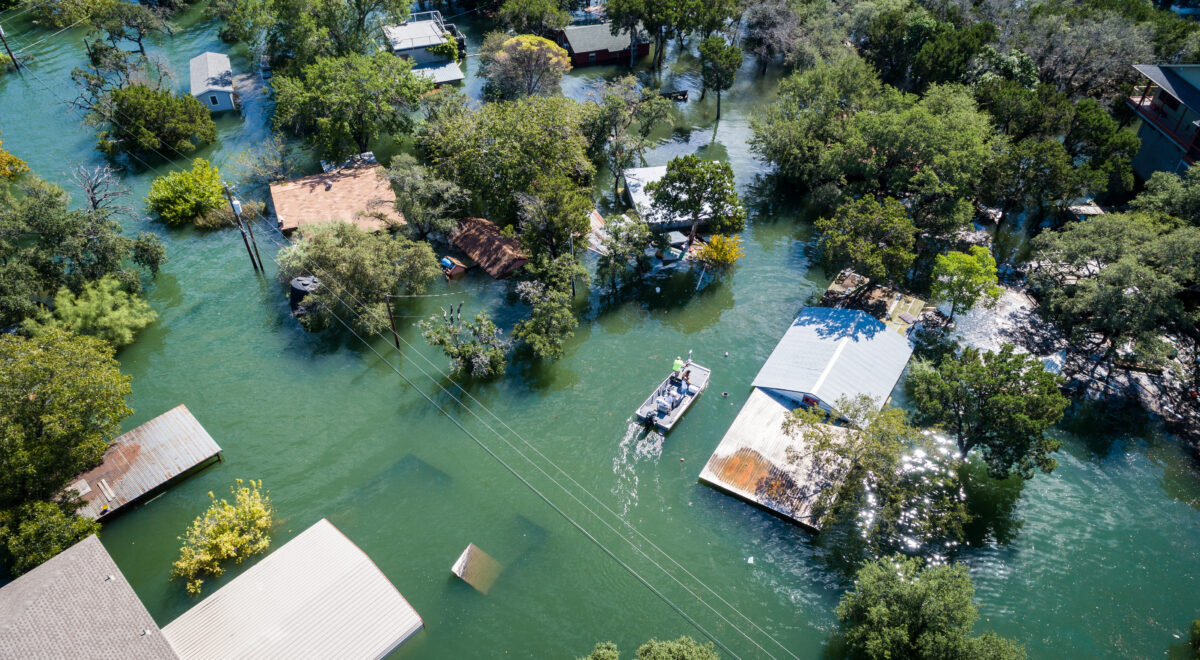AARP Hearing Center
Trend Snapshot
Extreme weather is overwhelming an already-deteriorating infrastructure, ill-equipped to handle the frequency, intensity, and volatility of these new environmental conditions. The existing housing stock may not be built to withstand such conditions. Some communities are bearing the brunt of these volatile conditions more than others, but all local governments and utilities must revisit resiliency plans and shore up weakened buildings, homes, dams, and electrical grids.
An increasing number of communities are becoming high risk for extreme weather such as floods, droughts, tornadoes, and heatwaves and will need to prepare their homes and neighborhoods to withstand these events. Wildfires, hurricanes, tornadoes, a winter storm, and a cold wave cost the U.S. $145 billion in property damage in 2021, affecting 14.5 million homes, and projections for the next 5 years are expected to increase significantly (180 million homes by 2035).
Shifting environmental conditions may force people to leave their homes and communities for areas that are less impacted. Those living in areas severely impacted by extreme weather may see their wealth decrease due to declining property values. As extreme weather events increase, it’s expected that many will struggle to rebuild and may be permanently displaced.

































































